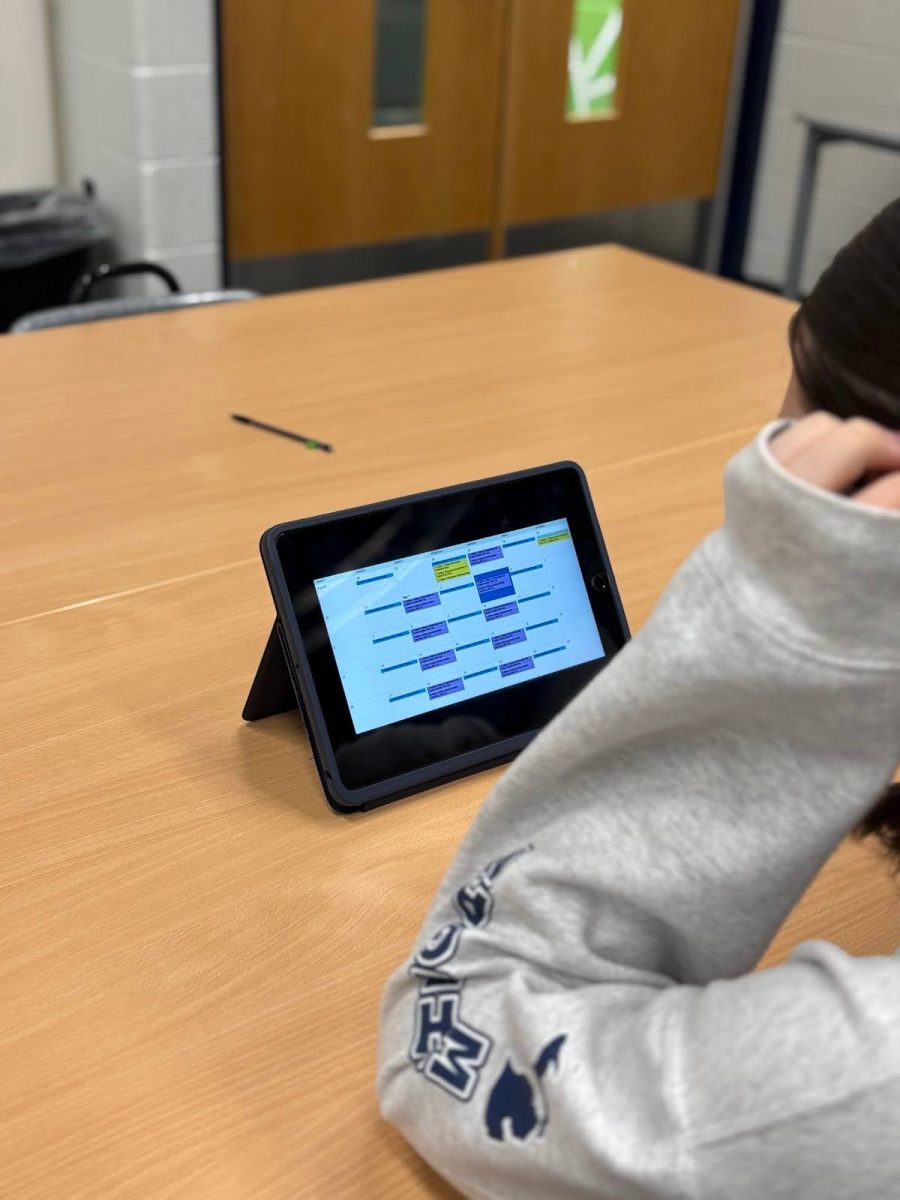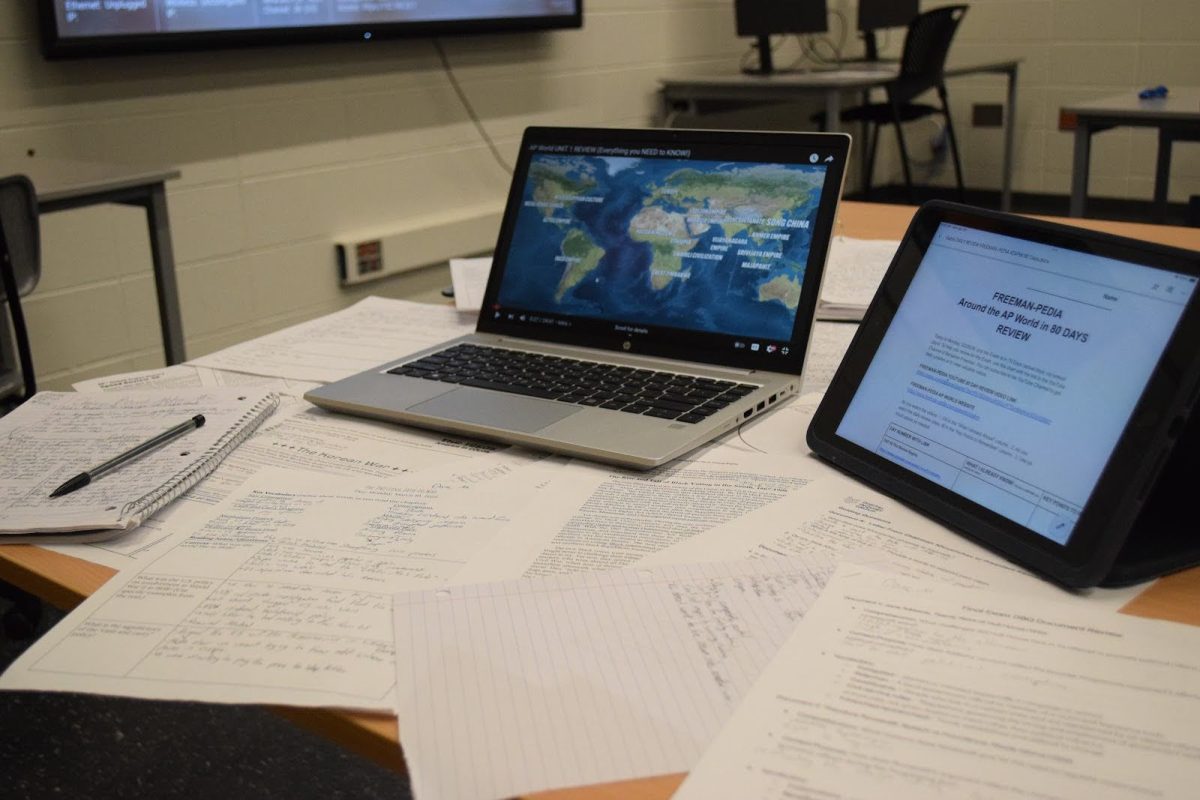Online trends are a very common occurrence these days; they repeatedly come and go, the newest one replacing the previous one. Some of these trends get really big and some don’t, but a recent one that sparked online has spread like wildfire. Taking place mainly on Instagram and TikTok, the USC Ice Bucket Challenge has taken over the internet by storm. The challenge, originating from the University of South Carolina’s Speak Your Mind program, had a goal of spreading awareness for mental health by starting a trend where people dump buckets of ice water on their heads.
“I like the idea of the challenge because it’s simple, and anyone can just grab ice and water and dump it on themselves, so lots of people can participate,” Arie Groenenberg (‘28) said.
With lots of people being able to participate in the challenge, it can raise a lot of awareness that way. However, was this the case? Did people truly participate in the challenge to spread awareness or did they forget the true meaning and do it because it was another trend?
“I feel like it was about 50/50, there were a lot of people who are doing it because they stand behind the meaning of the challenge, but also people who are just doing it because it’s a trend,” Groenenberg said.
Whether or not people participated in the challenge because they intended to help spread awareness or just because it was another trend, people still participated. Even though some didn’t specify why they did the challenge, they still used an ice bucket to dump on their heads, and that’s great because the ice bucket can have a deeper meaning than people may realize.
“I feel like an ice bucket is kind of like a symbol for mental health and trying to get better throughout every day, and showing progress,” John Orlandi said, “Everybody matters, and everybody has something of value to bring to the table. I feel like by doing this, it sheds light on suicide prevention and saying that you matter and how you can constantly get better every day.”
The challenge is not just to spread awareness or to be a trend, but it is also around so that people can go outside and make a funny video that could affect someone else in a positive way.
“I feel like people who are feeling sad or lonely can see their friends doing the Ice Bucket Challenge and maybe laugh or have a smile put on their face and even participate themselves to get a laugh,” Orlandi said.
Large trends and challenges to raise awareness help out a lot, but those aren’t everyday things. There are everyday things that people can do in their daily lives to help erase the stigma of not advocating for their own mental health and not feeling comfortable to talk to other people about it.
“Simple things, like talking to their friends, showing their support to others, or maybe donating time or money would help people out,” Groenenberg said, “Just speaking your mind, and not bottling up your emotions is something that can really benefit people.”






![Wherefore Art Thou [Acting that Way], Romeo?](https://chsbleuprint.com/wp-content/uploads/2025/06/neuroscience-1200x800.jpg)






